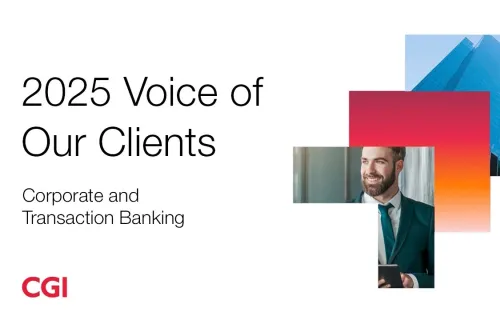We use our own and third-party cookies to provide a smooth and secure website. Some are necessary for our website to function and are set by default. Others are optional and are only set with your consent to enhance your browsing experience. You may accept all, none, or some of these optional cookies.
By Karen Brown
While most consumers still prefer to do business with traditional banks, an increasing number are open to using FinTechs for value-add services, and even for basic banking activities. As this trend continues, traditional banks are under pressure to respond to the competitive threat of FinTechs. Are FinTechs the “enemies” of traditional banks or can the two work together in a mutually beneficial way?
The increasing importance of FinTechs
FinTechs are disrupting traditional banking by developing new products and services that meet unique consumer demands. Easy-to-use, real-time, 24x7 and value-add are just some of the adjectives that describe these new offerings.
FinTechs also are highly agile, which means they can respond quickly to evolving consumer and market demands. Adaptive by design, digitally focused, and customer centric, FinTechs accelerate the delivery of new products and services when consumer expectations or market conditions suddenly shift.
The COVID-19 pandemic is a case in point. For the most part, FinTechs already were working remotely and highly digitized, and so they quickly adapted to new business conditions and consumer needs.
Traditional banks, on the other hand, face business agility challenges due to several factors, including monolithic legacy systems, slower innovation, and future of work issues. Many of these banks, for example, faced major challenges in pivoting to remote work.
Another competitive advantage for FinTechs is their success in reaching younger generations. FinTechs have become the substitute for traditional banks unable to deliver the right services in the right ways for younger generations that are digitally savvy and focused on point solutions rather than traditional, full-fledged banking products.
For these reasons, FinTech is among the fastest growing industries in the world. New players seem to emerge every day and the potential for continued growth is extremely high.
FinTechs pain points
While FinTechs have much going for them, they also have competitive hurdles to overcome. Traditional banks, for example, have the advantage when it comes to the size of their customer base, access to funds, regulatory knowledge, global footprint and brand strength. They are well entrenched, well known and well favored in the market.
Another hurdle is the fact that a large number of FinTechs are start-ups with business model issues. For example, many are not actually making money in their current stage of business. Success depends on dropping the price for a banking service to drive the competition under and then increasing the price again to survive. Despite this, stronger competitors often will drive the price down again, making profitability elusive.
Other hurdles include a lack of scale and an exclusive focus on retail banking (to the exclusion of wholesale, investment and corporate banking). Further, most FinTechs already have cherry-picked the easiest banking functions to improve upon, leaving open the question of “what next?”
Are win-win opportunities possible?
Despite the growing competitiveness of FinTechs, traditional banks can view them as “friends” versus “foes.” Each has respective strengths that can be brought together to create win-win opportunities. More and more traditional banks are realizing this. In fact, 73% of the 111 retail banking executives we interviewed in 2020 as part of our CGI Voice of Our Clients program said they intend to invest in FinTech partnerships over the next 3 years.
There are many different ways traditional banks and FinTechs can collaborate. Traditional banks, for example, can benefit from the innovation of FinTechs by financing their innovation services or by licensing/purchasing their solutions. FinTechs, in turn, can benefit from the investing power and expertise of traditional banks, as well as from their infrastructure, which can enable them to implement, test and scale their innovations. FinTechs also can significantly benefit from the brand strength and customer trust that traditional banks have earned over time. An example of all of this in action is the collaboration between FinTech payment service provider Zell and major banks like PNC and Bank of America, which now offer Zell’s payment transfer services to their customers.
Identifying the right FinTech for the right business opportunity is the key to success. This is where CGI comes into play. We are working across the globe with major banks to facilitate FinTech collaboration. We serve as a bridge between traditional banks and FinTechs, bringing each together to drive innovation, digitization and new offerings that improve the customer experience and increase customer loyalty.
This kind of partnership delivers the business consulting and technology expertise required to identify mutually beneficial business opportunities and support those opportunities with agile/DevOps methods, cloud computing, change management and other advanced technology approaches and solutions. To learn more about our work in this area, feel free to contact me.






